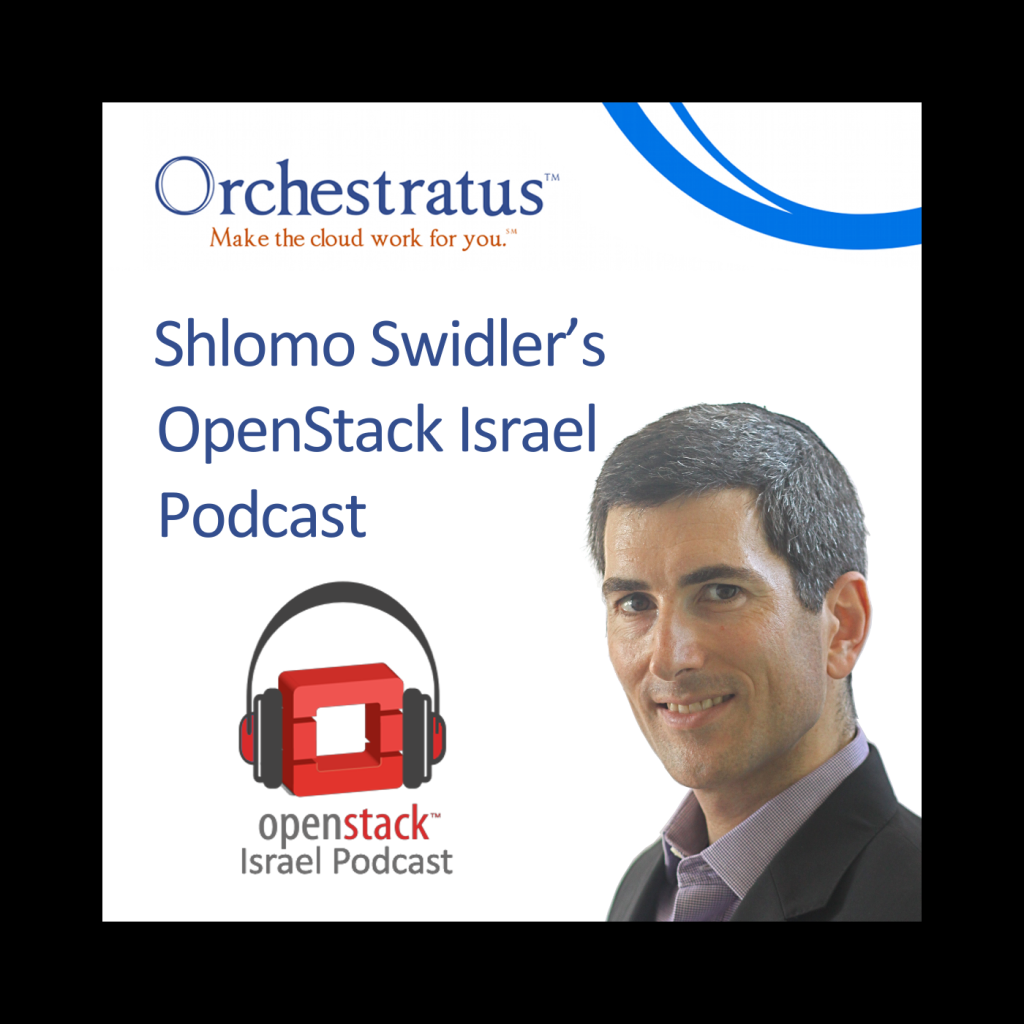I am often asked by CEOs and CIOs to explain the ROI of cloud computing. My answer goes something like this.
How well do you see? The main consideration in evaluating the ROI of cloud computing is your eyesight. What is the scope of your vision? What do you believe about the future? Ask yourself, as we create the ideal future for our customers, what kinds of changes will my organization need to accommodate? Think about how these changes will impact your use of computing – and indeed your entire operation. Consider the four major dimensions that change will include: technological, economic, organizational, and risk.
Cloud computing is a way of incorporating changes in technological, economic, organizational, and risk considerations into your use of computing. The value of cloud computing, when properly deployed, is in being able to support the changing technological, economic, organizational, and risk landscapes while keeping rock-steady focus on your business’s raison d’être: delivering great products and services to your customers. If you can see that future clearly, and appreciate the changes your organization will need to accommodate along the way, then you can make effective cost and value (ROI) decisions about cloud computing. You’ve got to see change in order to experience the sea change.
Do you need help painting your vision of the future and appreciating the changes necessary to get there? Contact me.

